Version 2.5 has been a nice upgrade for VLC on Android. Now it’s been stabilized, and we are finally shipping the long awaited version 3.0!
VLC 3.0 is the first ever synchronized release between desktop application and mobile ports. Today, VLC is released everywhere, with the same version number and at the same time. It will be simpler for everyone, including VideoLAN developers 😊
On Android, this release mainly brings Chromecast feature, but it also repairs some lacks in priors versions. VLC on Android becomes more complete and it will continue!
Chromecast
Stop vertical videos now! Turn your phone horizontally when you record your children, because you’re going to show them to the family on the big screen now 📺
Chromecast support is finally here. As soon as a Chromecast is detected by VLC, you can send it a video or audio media and enjoy watching it!
If media codecs are supported by your Chromecast device, VLC only acts as a streaming server (which is battery consuming). If not, VLC will transcode and stream media, which is highly cpu and battery consuming.
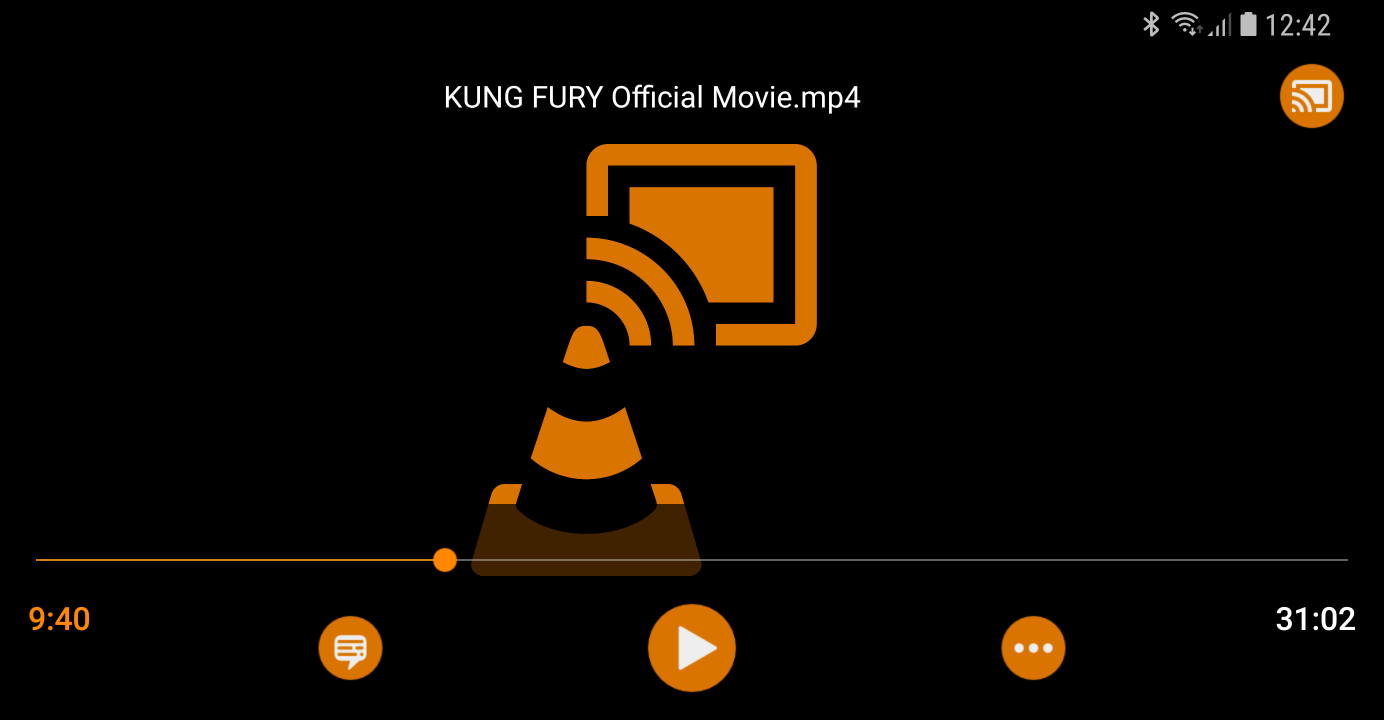
Please consider Chromecast support beta for now, we will work on hardening it in the upcoming weeks thanks to your feedbacks.
VLC everywhere
VLC for Android is also available on different Android platforms like DeX, Chromebooks and Android auto.
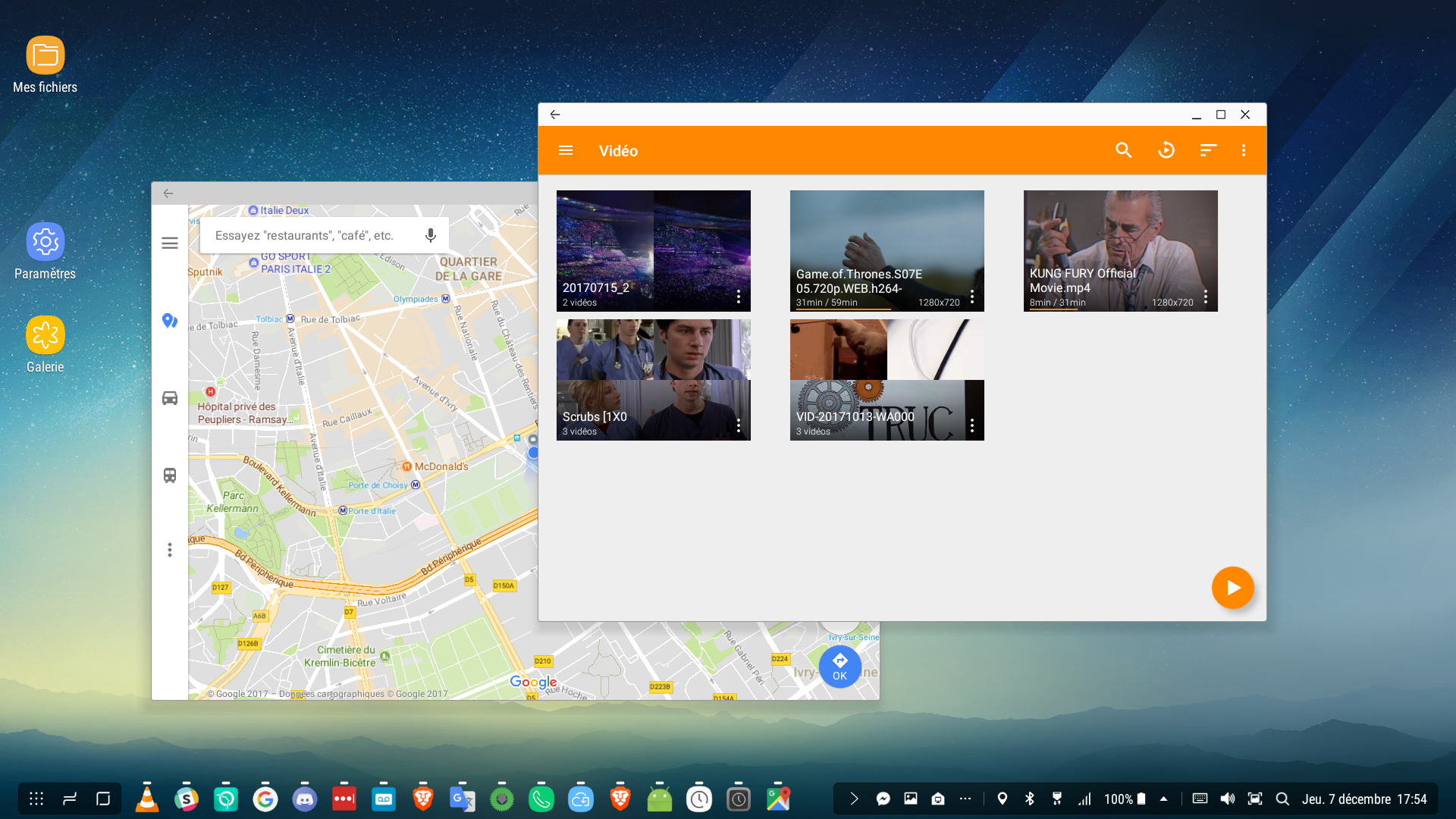
You can now drop media files on VLC from other applications and use the right click on VLC media to get the context menu.
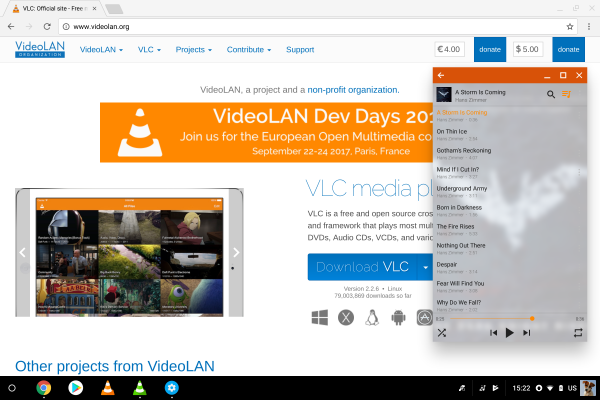
Android Auto allows you to easily command VLC with a simplified UI or even by voice while driving. You can ask “play Daft Punk (with VLC)” and Google Assistant will recognize whether it’s an artist, an album or a song you’re asking for and tell VLC to play it.
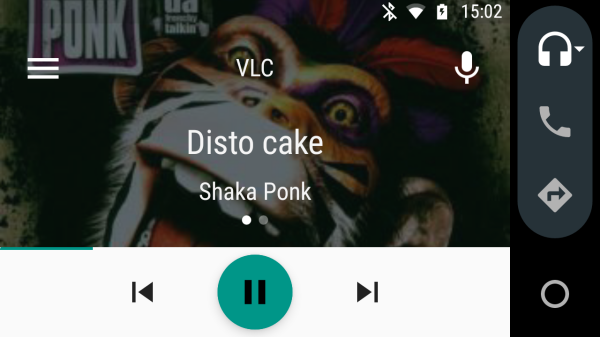
Playlist files
Version 2.5 suffered from a painful regression: The lack of playlist file support. This was due to the migration to our new multiplatform medialibrary. This is now fixed with this update, VLC can scan your .m3u again and show your playlists.
Features Catch-Up
Delete is back
VLC 2.5 had troubles dealing with delete on internal storage on Oreo, this is now resolved and new permissions access is well managed.
But the big news is the support of media deletion on external devices for Android Lollipop+ device. All you have to do is to select the sdcard/USB key in the awful Google dialog and then VLC can delete any file in it!
For this special process, we prepared a small tutorial in the app which looks like this:
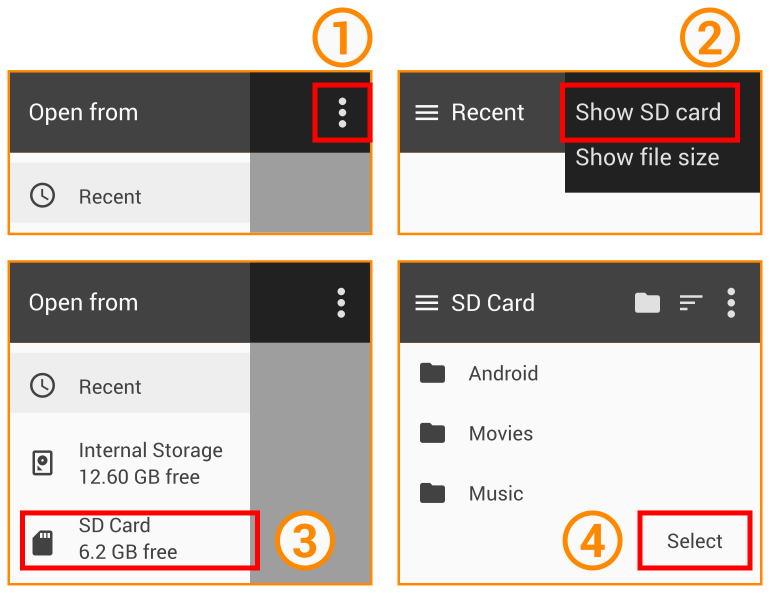
Fast seek
‘Fast seek’ VLC option is now activated by default. VLC will now load faster when you change the current position during media playback. This can be deactivated in Settings → Video → ‘Enable fast seek option’
Subs (not) auto-loading
Not everyone wants subtitles, and we did not focus on this because most of the VideoLAN developers are European. But now you can deactivate automatic subtitles loading in Settings → Subtitles → ‘Auto load subtitles’.
Enjoy your videos without distraction now!
Why chromecast support took so long
Chromecast support is everywhere and VLC took years to get it, right, but there are plenty of good reasons for it:
First of all, VideoLAN is a nonprofit organization and not a company. There are few developers paid for making VLC, most of them do it in their free time. That’s how you get VLC for free and without any ads!
Also, VLC is 100% Open Source and Chromecast SDK isn’t: We had to develop our very own Chromecast stack by ourselves. This is also why there is no voice actions for VLC (except with Android Auto), we cannot use Google Play Services.
Furthermore, Chromecast is not designed to play local video files: When you watch a Youtube video, your phone is just a remote controller, nothing more. Chromecast streams the video from youtube.com.
That’s where it becomes complicated, Chromecast only supports very few codecs number, let’s say h264. Google ensures that your video is encoded in h264 format on youtube.com, so streaming is simple.
With VLC, you have media of any format. So VLC has to be a http server like youtube.com, and provide the video in a Chromecast compatible format. And of course in real time, which is challenging on Android because phones are less powerful than computers.
At last, VLC was not designed to display a video on another screen. It took time to properly redesign VLC to nicely support it. The good news is we did not make a Chromecast specific support, it is generic renderers: in the next months we can add UPnP support for example, to cast on any UPnP box or TV!